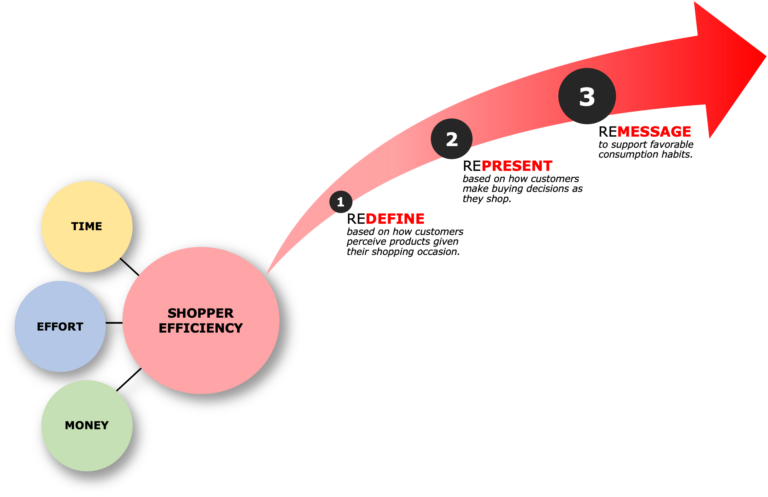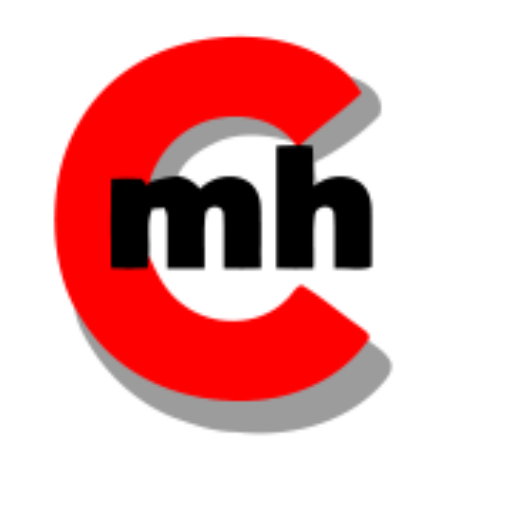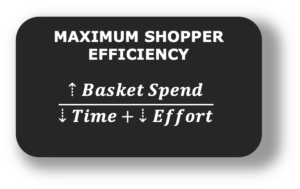
As brands and retailers continue to add new in-store media, items, brand extensions, keeping the shopper’s journey in mind will yield incremental sales each trip and repeat visits. In some larger formats, even before the proliferation of expanded media, items and square footage, shoppers spend as much as 85% of their time in store searching and navigating, NOT BUYING.
The simple formula is supported by measuring thousands of in-store retail trips. The less TIME and EFFORT the shopper expends on a trip, the more likely their spending will increase.
The MHC Team of Shopper Scientists bring a master class of expertise to each project, whether it be store optimization, developing strategic positioning, or refining center store categories.

The Problem: Shoppers Seek New, More Efficient Retail Options
Brands and Retailers are relentless in their expansion of physical store space and filling that space with new items and new choices for shoppers to hopefully buy.
Simultaneously, the contemporary shopper has increasingly less time to shop and traverse these large retail stores in search of the few items they buy repeatedly trip after trip. The emergence of Amazon and smaller, more efficient alternative physical stores is evidence that many of the larger and more traditional retail formats must change their approach to stay relevant.
